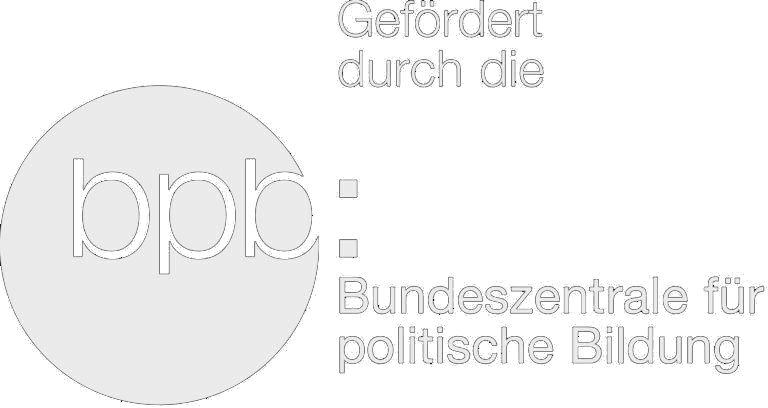The Project
Resurrecting a Place of Memory
During the 1920s the Kurfürstendamm, the new main boulevard in the western city center, also known as the “New West”, gained an extraordinary status within the growing city, that had just extended its city boundariesto become the metropolis of Greater Berlin. With a promise to entertain, the boulevard attracted party folk, intellectuals as well as tourists.
The Romanische Café (Romanesque Café), within the Romanesque House II opposite the Kaiser-Wilhelm-Memorial-Church, was in the heart of the “New West”. The Romanische Café, was a second home to the intellectuals of its time. They have left us numerous stories about the place and their
Regular guests at the Romanisches Café were:
| Bertolt Brecht | playwright, poet |
| Else Lasker-Schüler | poet |
| Billy Wilder | filmmaker |
| Alfred Döblin | physician and writer |
| Jeanne Mammen | painter |
| Ruth Landshoff | actress |
| Georg Grosz | painter, caricaturist |
| Christian Schad | painter |
| Heinz Ullstein | actor, director, publisher |
| Alfred Flechtheim | art dealer, gallery owner |
| Bruno Cassirer | publisher, gallery owner |
| Hanns Eisler | composer, musician |
| Egon Erwin Kisch | journalist |
| Max Liebermann | painter |
| Stefan Zweig | writer |
| Erich Kästner | writer |
| Irmgard Keun | writer |
| Mascha Kaléko | writer |
Starting with the seizure of power by the nationalist party in 1933, many guests of the Romanisches Café were forbidden to work, they were humiliated, fled into exile, were persecuted and murdered. The Romanesque House II was destroyed in a hail of bombs in 1943.
Although the Romanische Café was already an international legend during the 1920s, the memory of it faded from decade to decade in post-war Berlin. Up to today the Café is a myth and at the same time a void in the city’s commemorative culture.
This exhibition will be re-rooting the cultural radiance of Berlin’s „New West“.
Look forward to
- A website that grows, step by step, into a digital exhibition (link)
- An exhibition at the site of the historic Romanisches Café (link)
The digital exhibition and the production of the exhibition is funded by the Federal Agency for Political Education.

